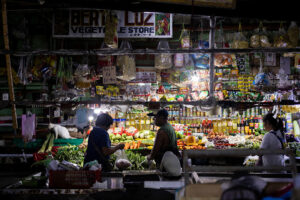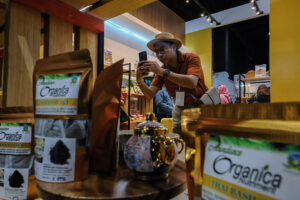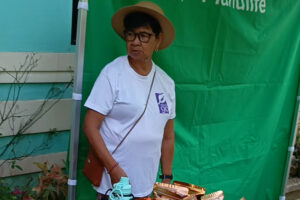KALIPI MAGSAYSAY (Kalipunan ng Liping Pilipina Federation of Magsaysay), a women-led group of rural workers in Quezon province, is turning cassava into handmade chips.
The group is located in a protected area in the province near the Sierra Madre mountain range, where cassava, locally known as kamoteng kahoy, is one of the main crops.
It started operating in 2023 with the help of the environmental group Haribon Foundation, along with other government and nongovernment organizations.
During a site visit last week, Amelita D. Talotalo, site conservation officer at Haribon, said the project gave members of Kalipi a sustainable income source.
They saw cassava as an opportunity to empower the women of the community by turning the crop it into a valuable product — cassava chips.
“Cassava is heavy, and the farmers are far from the market,” Ms. Talotalo said in Filipino. “Sometimes, the cassava just ends up rotting.”
“We support them so they no longer have to sell raw materials outside, and the value increases when they process them,” she added.
Cassava, one of the country’s most popular crops, has significant potential due to its wide range of uses and notable resilience to climate change, according to the National Academy of Science and Technology.
Philippine cassava production rose 25% last year to P11.65 billion from a year earlier, according to data from the Philippine Statistics Authority (PSA).
Ms. Talotalo said buyers have responded positively to Kalipi Magsaysay’s cassava chips. The group sold more than 600 bags of cassava chips last year despite producing everything by hand and operating on an order-based system.
She added that a portion of the organization’s profits goes to their environmental initiatives in the nearby Sierra Madre mountains.
While Kalipi Magsaysay is new and small, it has big aspirations to expand its products and reach a bigger market, Ms. Talotalo said. — Edg Adrian A. Eva


















